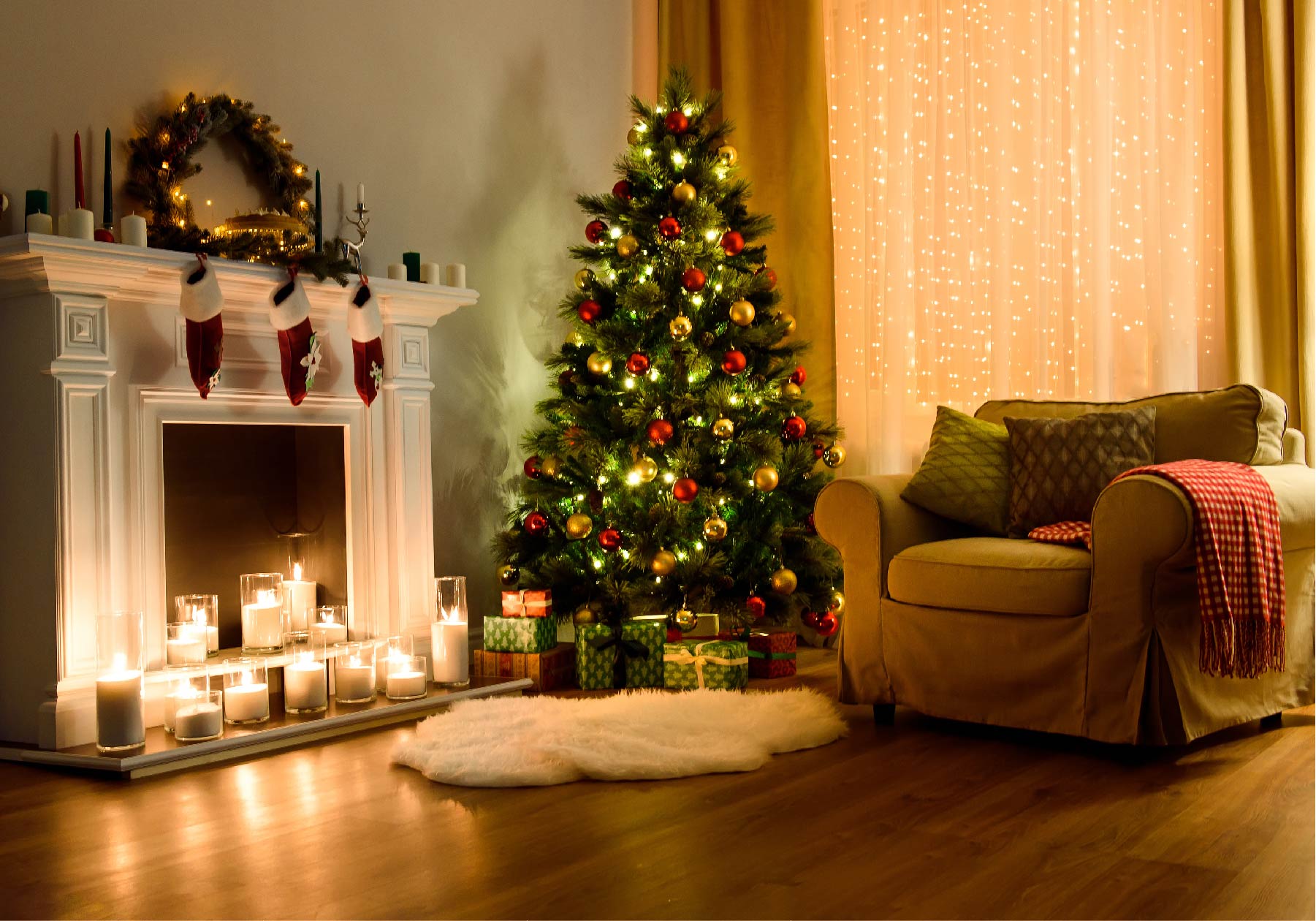
Christmas Tree Allergies
With many holiday traditions put on hold this year, people have been going all out on their Christmas decorating this year. We’re looking at you pre-Thanksgiving decorators! However, getting your dusty decorations out of storage and putting up a Christmas tree can have a negative impact on your indoor air quality.
Mold Allergies
Real Christmas trees can be a source of mold, according to a study by the American College of Allergy, Asthma & Immunology. The study looked at the relationship between mold growth on live Christmas trees and poor indoor air quality. It found common mold growth on outdoor foliage, like pine trees, can contribute to indoor mold growth.
This is not a problem for people without a mold allergy, but roughly 13-percent of people in the United States have a mold allergy. Mold spores come in a variety of shapes and sizes, both indoors and outdoors. Mold exposure can be an asthma trigger and make symptoms worse. The Asthma and Allergy Foundation of America recommends keeping your living spaces clear of sources of mold and by lowering humidity levels in your home.
Keeping Indoor Air Clean
If you have a mold allergy, a plastic tree may be a better fit. However, if you still want a live tree, there are steps you can take to keep your air clean. First try washing your tree before bringing it inside. Also minimize the amount of time the tree is in the house, if possible.
True HEPA Technology
You can use a True HEPA air purifier to keep indoor mold spore levels in check. True HEPA technology removes up to 99.97% of airborne particles as small as 0.3 microns from the air, including pollen, mold spores and dust mite debris. It’s the highest standard of air filtration according to the United States Department of Energy.
